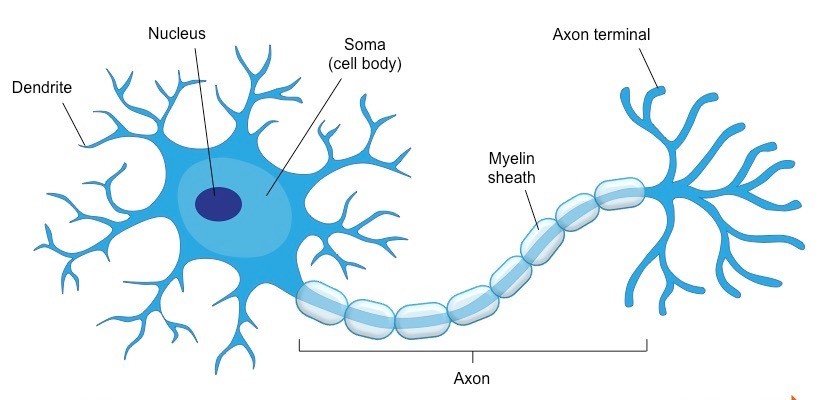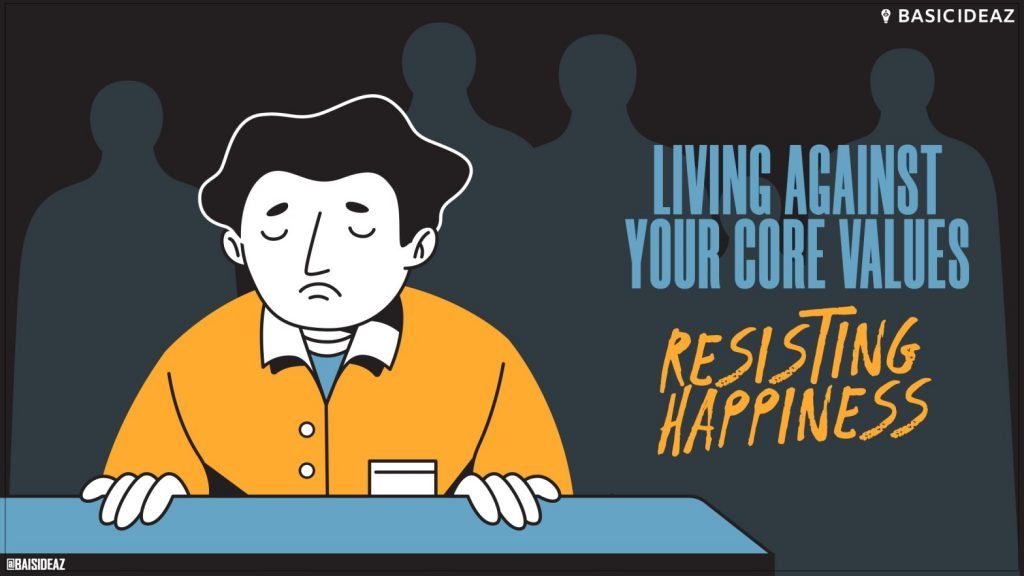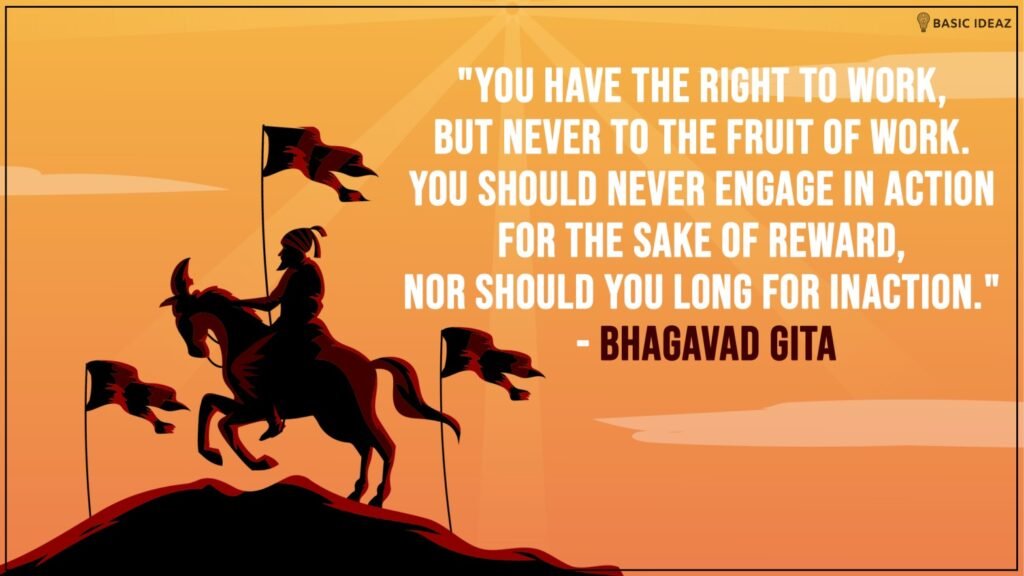The complete guide to human habits and how to build one.

“We are what we repeatedly do. Excellence, therefore, is not an act, but a habit.” Aristotle said that in 323BC.
In the 21st century, we are still confused about high performances and geniuses or failures and misery.
Success and failures are nothing but a compound effect of what we do every day.
Let’s begin:
What are habits?
After waking up every morning, you take your toothbrush, dip it in the water, put toothpaste on it, and brush your teeth.
Perhaps, you first brush the left side of your teeth, then move to right, and then care for the middle or perhaps, you may do it in a completely different way.
But, whatever way you do, you do it unconsciously and do the same every time.
Habits are our behaviors or set of actions that we perform every day consciously or unconsciously. According to researchers at Duke University, up to 40% of our behaviors on any given day are driven by habit.
We don’t consciously think about what we are doing while performing a habit.
We don’t think while we are playing the guitar strings, driving a car, taking a bath, making tea, etc.
Habits have the same effect on the psychological level.
If you grew up listening to sad songs because your girlfriend broke up with you when you were 15, then there is a great chance you will keep liking sad songs even after growing up.
If you got raised by harsh controlling parents who kept telling you what to do, how to do, and why to do, then you will form a habit of not believing in yourself. You will have low self-esteem.
The examples are endless.
The point is life experiences build habits and the key to form a habit is repetitions.
But, what actually happens in the brain when you do a task repeatedly?
Your brain on habits.
I know what you are thinking. You didn’t sign up for this. Don’t worry I am not going to give you an anatomy lesson. Just some basics to understand our habits better.

The above photo represents a neuron. A neuron is a brain cell whose basic job is to transmit information to other cells, muscles, or gland cells.
Dendrites in the neuron look like tree branches, there is the nucleus in the cell body and the long tail is Axon which is covered in Myelin for which information transfers faster. We will come to myelin later.
At the end of the Axon, there are Axon terminals.
When a piece of information comes to the tip of an Axon branch it connects to the dendrite branch of the next neuron.
The connection between the dendrite tip and the Axon tip is known as Synapse.
When we learn something new, a new dendrite branch emerges looking for a synapse or a tip of an axon branch. If we continue to repeat the same task in close proximity of time the connections will get stronger and more connections will form.
The opposite is also true.
When we stop doing a particular task, those dendritic branch will retract from the axon and shrink over a period of time.
This is why you cannot play your guitar as smoothly as before after a gap of several months.
So, what does this have to do with habit?
When new connections are formed because of doing a new task it starts to get stronger and faster if you repeat the task over a period of time. The Myelin sheath will start to form in the Axon branch that will help transmit information in a faster way.
When you started cooking for the first time, do you remember how slow you were to cut an onion. Now after all these years you can cut an onion without even looking at it.
In my last article, The science behind procrastination and how to beat it, I have mentioned violin players.
Studies have shown that people who played the violin for a long period of time have more matter in their brain, grey and white, which means a more complicated and wired brain for that particular region than those who didn’t play.
More neural connections will form and wire together if those neurons are fired every time.
Want to form a new habit, create a new connection, get a coating of Myelin and you are good to go. If you want to break a habit, then break the connection, shrink it and that is it.
But, of course this is not easy to do, otherwise you would not read this article.
The thing we need to understand here is, why we repeat certain behaviors, over and over again.
The Process of Habit Formation
There are two kind of habits; productive and unproductive habits.
Productive habits are those which help you in your growth in life, and unproductive habits are those, which lower the quality of your life.
Productive habits are hard to build.
Imagine, if you get a black forest cake every morning then how hard would it be to form a habit of eating cake?
Now imagine, if you have to workout every morning, assuming you didn’t work out much in your life, how hard that would be to form a habit.
A task that provides delayed gratification will be harder to form a habit. People who installed productive habits in their life are more successful in their field.
But, that doesn’t mean you cannot change or form a new habit. You can if you understand how a habit works.
There is a chain reaction of three key components for forming a habit that was discovered by behavioral psychologist BJ Fogg.
- Remainder
- Routine and
- Reward.
Author Charles Duhigg, in his book The Power of Habit, explained it further as a formula where our brain sees a cue, does a routine, and follows a reward.
Let understand this with a real-life example:
You are bored by sitting at home. This is your cue that you are bored. Now you take out your phone and unlock it. This is your routine. Now you surf social media or youtube or whatever else to make yourself enjoyable. That is your reward.

1. Cue: Your cue can be anything from vibrating your phone on the incoming messages to a particular time of a day. It can be a cigarette packet or a t.v remote lying on your table which triggers you to follow a particular behavior.
2. Behavior: If keeping a t.v remote can be a cue, then watching t.v itself will be the behavior. Behavior is the routine we perform after every cue. When we repeatedly perform the same routine over and over again in close proximity of time, it becomes a habit.
3. Rewards: Reward is the happiness you receive after your routine. Eating black forest cake will give you pleasure, satisfaction, or in other words release of happy chemicals in your brain. That is your reward.
There is also a fourth component known as cravings.
For example, you open your freezer and you see the coke bottle. That is your cue.
You drink it. Your routine.
You feel that pleasure after drinking. Your reward.
After some time or maybe the next day, you want to drink it again. Your brain wants that happy chemical. This is your craving.
How to Form a New Habit
Forming a new habit takes repetition. The question is how to repeat something that doesn’t give us much pleasure. The task which gives delayed gratification is harder to repeat every day.
If you don’t feel like doing it in the first place, then how could you repeat it every day?
Now the real question is how could you like something which gives delayed gratification.
Let’s talk about Roy.
Roy is an average guy in this thirties. He works from 11 am to 8 pm every weekday in an MNC and sleeps all day at weekends because of exhaustion.
Because of less physical activities, he successfully managed to grow a tummy and unhealthy body fats.
He sees people going for a jog or running and daydreams that someday he would too run like them. But he didn’t have time to run and someday if he gets time he doesn’t feel like doing it. Running was not for him. He was something else, but not a runner.
But one day he decided that enough is enough and made up his mind to go for a run every day no matter what. That was the easy part. So, he made plans.
1. Started small: Roy decided he would walk for five minutes every evening after office.
So, he kept his shoes in front of the sofa. Every night after office he sees the shoes lying near the sofa. Cue.
Now going for a walk for 5 minutes is easy, because it takes little willpower.
Roy started walking every night after 9 pm.
After walking, he came home and saw himself in the mirror. He saw no changes.
The following days he did the same for at least three weeks. He found he could walk more than five minutes and these walks are actually refreshing a little.
2. Planning the next milestone: Now going out on a walk every night was a piece of cake and it was kind of a fun now. He increased his time from 5 to 10 minutes and then 15 minutes. After several weeks, he decided he could jog.
It seemed not that difficult because going out for a walk was almost automatic after these many weeks. He started jogging and kept it for another several weeks.
One night he came home and saw himself in the mirror. Still, there was no changes.
He was disappointed that after walking and jogging for so long he saw no results, but that didn’t stop him from jogging every night. Because going for a jog was easy and fun.
3. Getting out of comfort zone: One evening he decided if he could jog like a pro why couldn’t he run. He could run like everyone else. So, he started running that night. It gave him more pleasure and sweat than before. He was doing something which he never did before. He was outside his comfort zone, where the magic happens.
After running for only 14 days he started seeing some change in the mirror.
He wanted to yell or cry because that was something impossible to think before. It made him feel different.
Now humans are never satisfied with one thing and they always want more.
So, Roy wanted more. He wanted to shred his fat fast. This motivated him and he started running like a maniac from the next day. The change was rapid from now on. He found his momentum.
4. Ripple effect: Again after running for several days he decided to quit his smoking because that was affecting his running which he liked a lot now. He liked his healthy status more than those smokes of short term pleasure.
After quitting his smoke, he decided to avoid junk food and start eating healthy because that is important for developing a good physique.
Because of developing one good habit, he had developed other good habits as well. That is called ripple effect.
He got more focused on his work and enjoyed whatever he did. He got a promotion within a year because of his quality of work.
All this happened because he started with a 5 minutes walk. Changing a life is difficult because it requires changing yourself. Changing oneself is one of the most difficult things to do.
Conclusion:
You can create new habits or break old ones and it doesn’t need stronger willpower to do it. Most of the time, it needs less temptation.
If there is no junk food in your freezer, then there will be a higher chance of not eating it. If there is no t.v remote on your table then there will be a higher chance of not watching the t.v.
Reading self-help books every day or watching motivational videos every night will not change your life immediately, but it will definitely change your thought process.
You will start thinking positively about life, your self-esteem will grow over time and that is nothing but a habit.
Best
Ahbab
Get Quality Self Improvement Articles Every Week, No Spam, No Ads.
Thank you!
You are added to the community of Basicideaz.






Pingback: How to Break Bad Habits Permanently | Freedom of Choice - Basic Ideaz
Pingback: Elementor #2233 - Basic Ideaz
Pingback: Form Productive Habits that Stick Permanently | Small Practices - Basic Ideaz